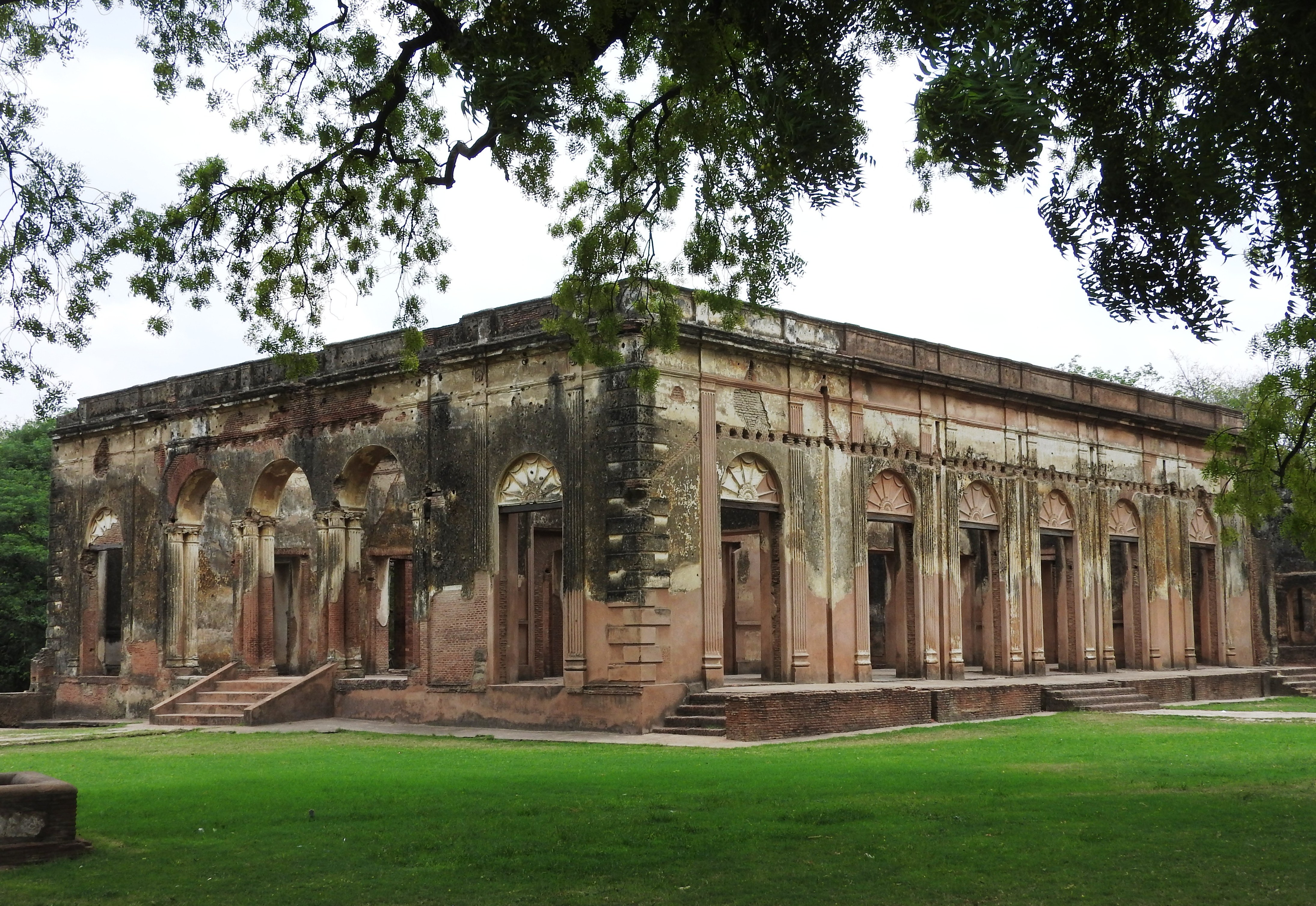The Residency, Lucknow on:
[Wikipedia]
[Google]
[Amazon]
 The Residency, also called as the British Residency and Residency Complex, is a group of several buildings in a common precinct in the city of
The Residency, also called as the British Residency and Residency Complex, is a group of several buildings in a common precinct in the city of

 There is a weathered epitaph near the grave of Sir Henry that reads "Here lies the son of Empire who tried to do his duty" while another nearby grave reads "Do not weep my children, for I am not dead, but am sleeping here." A light and sound show to display the history of the Residency is also played each evening.
There is a weathered epitaph near the grave of Sir Henry that reads "Here lies the son of Empire who tried to do his duty" while another nearby grave reads "Do not weep my children, for I am not dead, but am sleeping here." A light and sound show to display the history of the Residency is also played each evening.

 The Residency, also called as the British Residency and Residency Complex, is a group of several buildings in a common precinct in the city of
The Residency, also called as the British Residency and Residency Complex, is a group of several buildings in a common precinct in the city of Lucknow
Lucknow (, ) is the capital and the largest city of the Indian state of Uttar Pradesh and it is also the second largest urban agglomeration in Uttar Pradesh. Lucknow is the administrative headquarters of the eponymous district and division ...
, Uttar Pradesh
Uttar Pradesh (; , 'Northern Province') is a state in northern India. With over 200 million inhabitants, it is the most populated state in India as well as the most populous country subdivision in the world. It was established in 1950 ...
, India
India, officially the Republic of India (Hindi: ), is a country in South Asia. It is the seventh-largest country by area, the second-most populous country, and the most populous democracy in the world. Bounded by the Indian Ocean on the so ...
. It served as the residence for the British Resident General who was a representative in the court of the Nawab. The Residency
Residency may refer to:
* Domicile (law), the act of establishing or maintaining a residence in a given place
** Permanent residency, indefinite residence within a country despite not having citizenship
* Residency (medicine), a stage of postgrad ...
is located in the heart of the city, in the vicinity of other monuments like Shaheed Smarak, Tehri Kothi and High Court Building.
History
Construction started during the rule ofNawab Asaf-ud-Daulah
Nawab ( Balochi: نواب; ar, نواب;
bn, নবাব/নওয়াব;
hi, नवाब;
Punjabi : ਨਵਾਬ;
Persian,
Punjabi ,
Sindhi,
Urdu: ), also spelled Nawaab, Navaab, Navab, Nowab, Nabob, Nawaabshah, Nawabshah or Noba ...
and ended during the rule of Nawab Saadat Ali Khan II, who was the fifth Nawab
Nawab (Balochi language, Balochi: نواب; ar, نواب;
bn, নবাব/নওয়াব;
hi, नवाब;
Punjabi language, Punjabi : ਨਵਾਬ;
Persian language, Persian,
Punjabi language, Punjabi ,
Sindhi language, Sindhi,
Urd ...
of the province of Awadh
Awadh (), known in British historical texts as Avadh or Oudh, is a region in the modern Indian state of Uttar Pradesh, which was before independence known as the United Provinces of Agra and Oudh. It is synonymous with the Kośāla region of ...
(British spelling Oudh). Construction took place between 1780 and 1800 AD. Between 1 July 1857 and 17 November 1857 the Residency was subject to the Siege of Lucknow
The siege of Lucknow was the prolonged defence of the British Residency within the city of Lucknow from rebel sepoys (Indian soldiers in the British East India Company's Army) during the Indian Rebellion of 1857. After two successive relief att ...
, part of the Indian Rebellion of 1857
The Indian Rebellion of 1857 was a major uprising in India in 1857–58 against the rule of the British East India Company, which functioned as a sovereign power on behalf of the British Crown. The rebellion began on 10 May 1857 in the fo ...
. The Residency now exists as ruins.

Architecture
The Residency has been maintained as it was at the time of the final relief, and the shattered walls are still scarred by cannon shot. Ever since Indian Independence, little has changed. The ruined building is now surrounded by lawns and flowerbeds and serves as a tourist attraction. The cemetery at the nearby ruined church has the graves of 2,000 men, women and children, including that of Sir Henry Montgomery Lawrence who died during the siege. There is a weathered epitaph near the grave of Sir Henry that reads "Here lies the son of Empire who tried to do his duty" while another nearby grave reads "Do not weep my children, for I am not dead, but am sleeping here." A light and sound show to display the history of the Residency is also played each evening.
There is a weathered epitaph near the grave of Sir Henry that reads "Here lies the son of Empire who tried to do his duty" while another nearby grave reads "Do not weep my children, for I am not dead, but am sleeping here." A light and sound show to display the history of the Residency is also played each evening.

References
External links
* * {{DEFAULTSORT:Residency Lucknow, The Buildings and structures in Lucknow India–United Kingdom relations Ruins in India Residencies of British India 1780 establishments in India